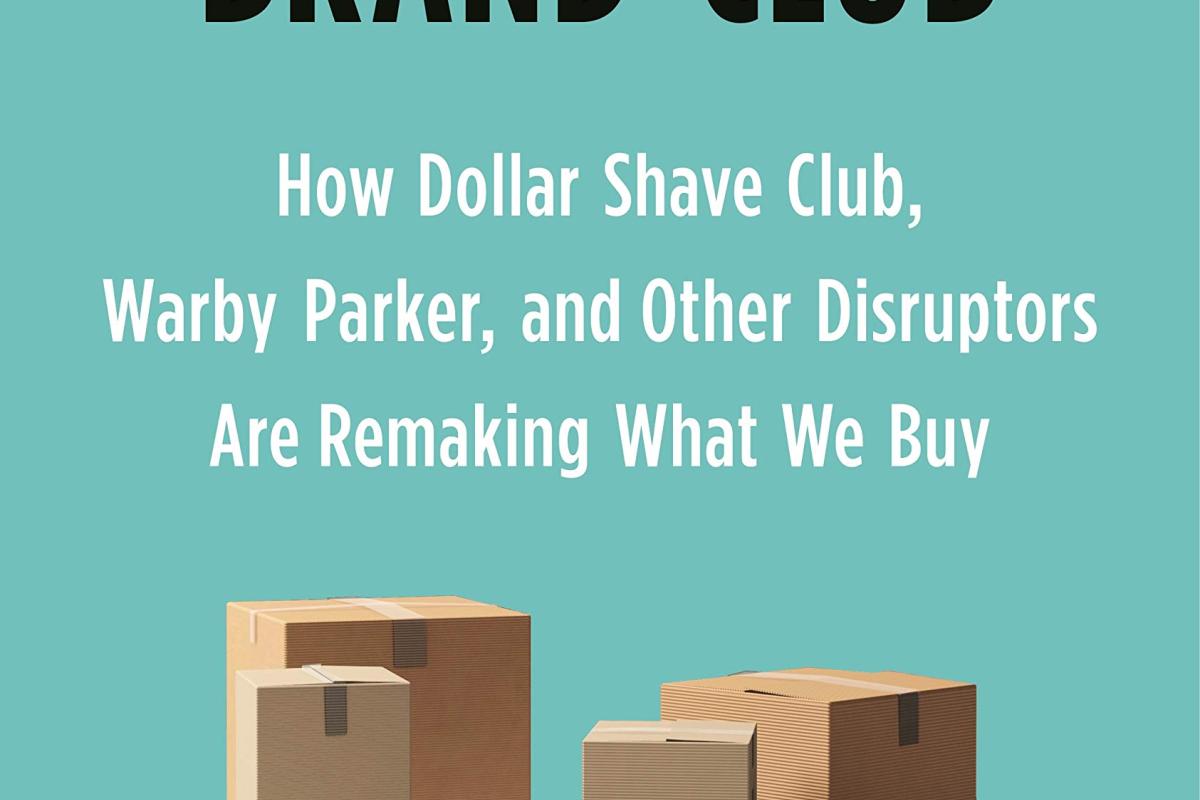For me, a good business book should interest, engage and inform. It should tell me things I didn’t know and make me think. I like books which provide case studies and stories I didn’t know and which I can re-use and re-tell in my day job.
I don’t like those business books where all you need to read is the first two chapters, which unfortunately is something that happens quite frequently.
Lawrence Ingrassia’s Billion Dollar Brand Club delivers in spades on all counts.
“This is the best business book I have read all year.”
It is a highly engaging account of how a number of the now famous digitally native, D2C (direct to customers) brands were created, the challenges they faced and for the most part overcame. It includes the stories of some that crashed and burned. The roll call includes The Dollar Shave Club, Nau, Ampush, Casper, hOmeLabs, Warby Parker, Bluesmart, Glossier and ThirdLove.
Ingrassia is a journalist, well editor by trade, having worked at the New York Journal and the New York Times which is probably one of the reasons why it combines an easy reading style whilst being highly informative. It compares well with books by the New Yorker writer turned author, Malcolm Gladwell.
Ingrassia isn’t a marketer nor is he writing just for marketers, but the book has some interesting and important lessons for marketers of all types of brands, not just D2C brands.
Some of the interesting angles I took from it included the importance of Venture Capitalists, how these companies have really harnessed the power of the data they collect, the complacency of the big established players, who often simply believed that because they had the ‘best’ product they didn’t need to worry, and how, if you want something produced, there is a producer somewhere who can make it for you (though finding and choosing the right one is crucial).
With the noise around brand purpose, it also for me set up a question about whether many of these companies truly aspire to be ‘brands’ in the way many traditional brands are now. Despite what some of them say, are they really purpose-led?
It is clear from the stories that many were established as either a means for their often serial entrepreneurs founders to make money, or to be great businesses offering excellent service that merely used branding in its original sense as a “name, term, symbol or design, or a combination of them identified to signify the goods and services of one seller or group of sellers and to differentiate them from those of competitors.” [Kotler]
I highly recommend this book for all marketers. They will find that there is lots to learn from some of the key players of this third generation of brands (after the first two generations – the fmcg era and the service/experience era) and they will be able to do so while enjoying what they read.
Giles Lury is a Senior Director at brand consultancy The Value Engineers.



